We have been in new construction 2 1/2 months- beams pulling away HELP
tin78
5 years ago
Featured Answer
Comments (39)
Mark Bischak, Architect
5 years agotin78
5 years agoRelated Professionals
Auburn Hills Architects & Building Designers · Plainville Architects & Building Designers · West Jordan Architects & Building Designers · Pacific Grove Design-Build Firms · Ives Estates Home Builders · Lake City Home Builders · Eagan General Contractors · New Bern General Contractors · Merrimack General Contractors · Milton General Contractors · North Lauderdale General Contractors · Panama City General Contractors · Rossmoor General Contractors · Shorewood General Contractors · Solon General Contractorstin78
5 years agomillworkman
5 years agoAllison0704
5 years agoUser
5 years agoVirgil Carter Fine Art
5 years agotin78
5 years agotin78
5 years ago_sophiewheeler
5 years agoUser
5 years agolast modified: 5 years agoVirgil Carter Fine Art
5 years agotin78
5 years agoUser
5 years agolast modified: 5 years agoVirgil Carter Fine Art
5 years agoUser
5 years agolast modified: 5 years agotin78
5 years agotin78
5 years agotin78
5 years agotin78
5 years agogalore2112
5 years agohomechef59
5 years agojean1
5 years agoUser
5 years agotin78
5 years agohomechef59
5 years agoSammy
5 years agotin78
5 years agoVirgil Carter Fine Art
5 years agotin78
5 years agoVirgil Carter Fine Art
5 years agotin78
5 years agoarokes726
5 years agoUser
5 years agolast modified: 5 years agohomechef59
5 years agoUser
5 years agoDave Bundrick
5 years agolast modified: 5 years agoUser
5 years agolast modified: 5 years ago
Related Stories
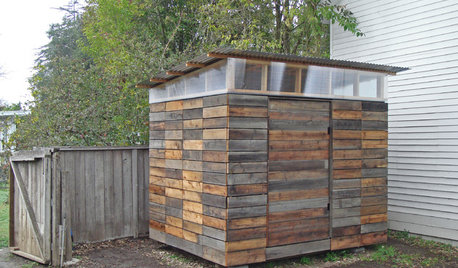
STORAGE2 Weeks + $2,000 = 1 Savvy Storage Shed
This homeowner took backyard storage and modern style into his own hands, building a shed with reclaimed redwood and ingenuity
Full Story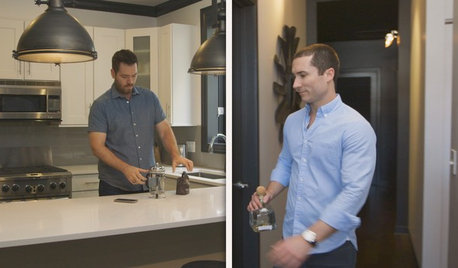
HOUZZ TVSee 1 Designer Deliver 2 Distinct Bachelor Looks
Young professionals looking for style upgrades in their condos turn to an interior designer and get striking spaces
Full Story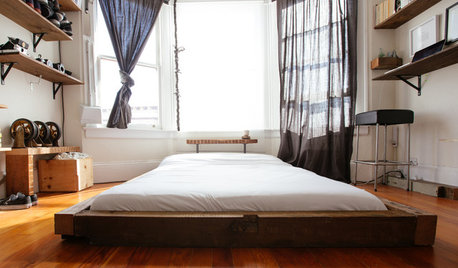
HOUZZ TOURSMy Houzz: 2 Tools + 1 Resourceful Guy = Lots of Great ‘New’ Furniture
With scrap wood and a hands-on attitude, a San Francisco renter on a tight budget furnishes his bedroom and more
Full Story
DECORATING GUIDESOn Trend: 2-in-1 Furnishings for Small-Space Living
You'll be a convert to furniture that transforms when you see these chair-tables, unfolding wonders and more
Full Story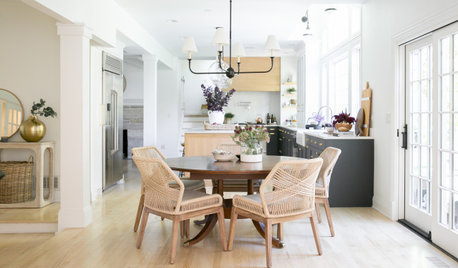
HOUZZ PRODUCT NEWS2 Things That Can Help Keep a Remodeling Project on Track
How you react to a problem can make or break a project. Being nimble and creative can ensure a positive outcome
Full Story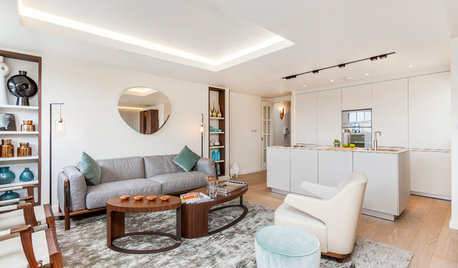
HOMES AROUND THE WORLDHouzz Tour: 2-Bedroom Apartment Gets a Clever Open-Plan Layout
Lighting, cabinetry and finishes help make this London home look roomier while adding function
Full Story
LIFEHow 2 People Can Stay Sane (and in Style) in a Studio Apartment
These tips will help keep cohabiting in a small space harmonious
Full Story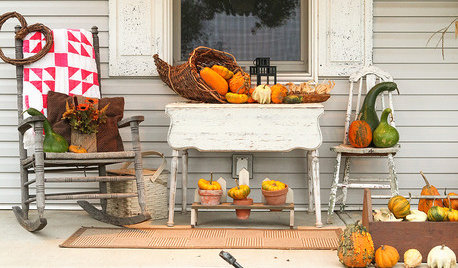
PORCHESA Peek at 2 Prettily Dressed Fall Porches
Pumpkins, fall flowers and flea market finds help two Ohio porches get into the seasonal spirit
Full Story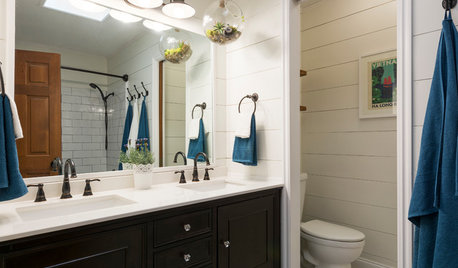
BATHROOM MAKEOVERSAfter Just 2 ‘Uh-Oh’ Moments, a New Master Bath
Thanks to their DIY efforts and perseverance, an enterprising couple get a pretty new bathroom for $1,000
Full Story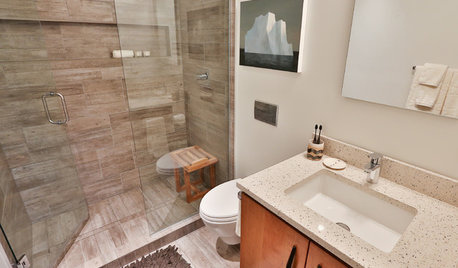
BATHROOM DESIGNSee 2 DIY Bathroom Remodels for $15,500
A little Internet savvy allowed this couple to remodel 2 bathrooms in their Oregon bungalow
Full StorySponsored
Columbus Area's Luxury Design Build Firm | 17x Best of Houzz Winner!
More Discussions










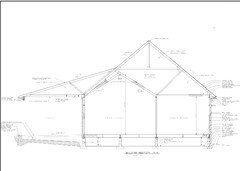
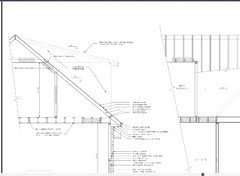



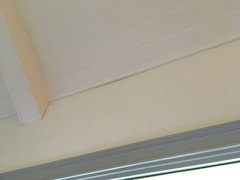


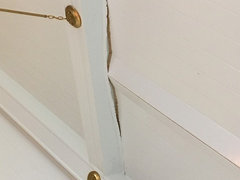
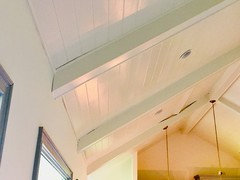
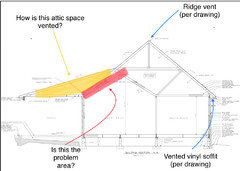

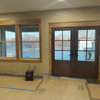


_sophiewheeler